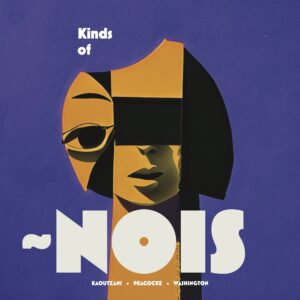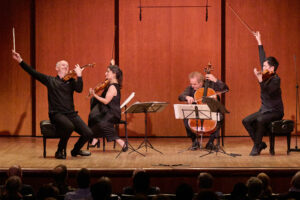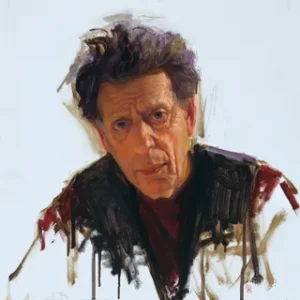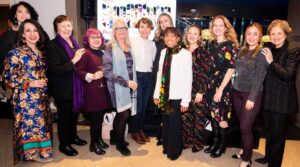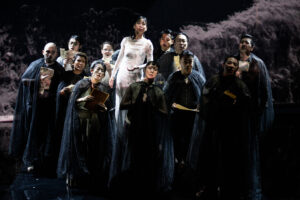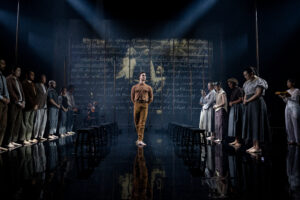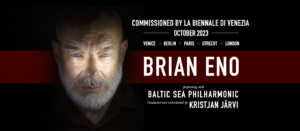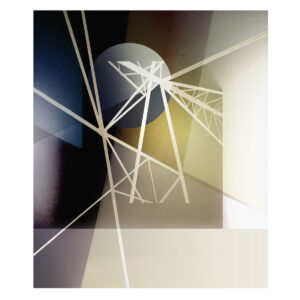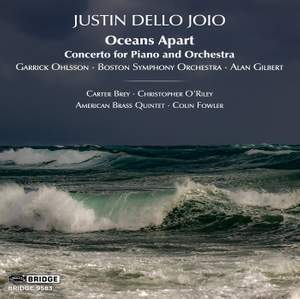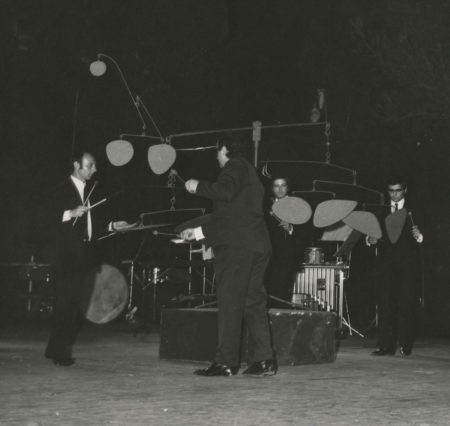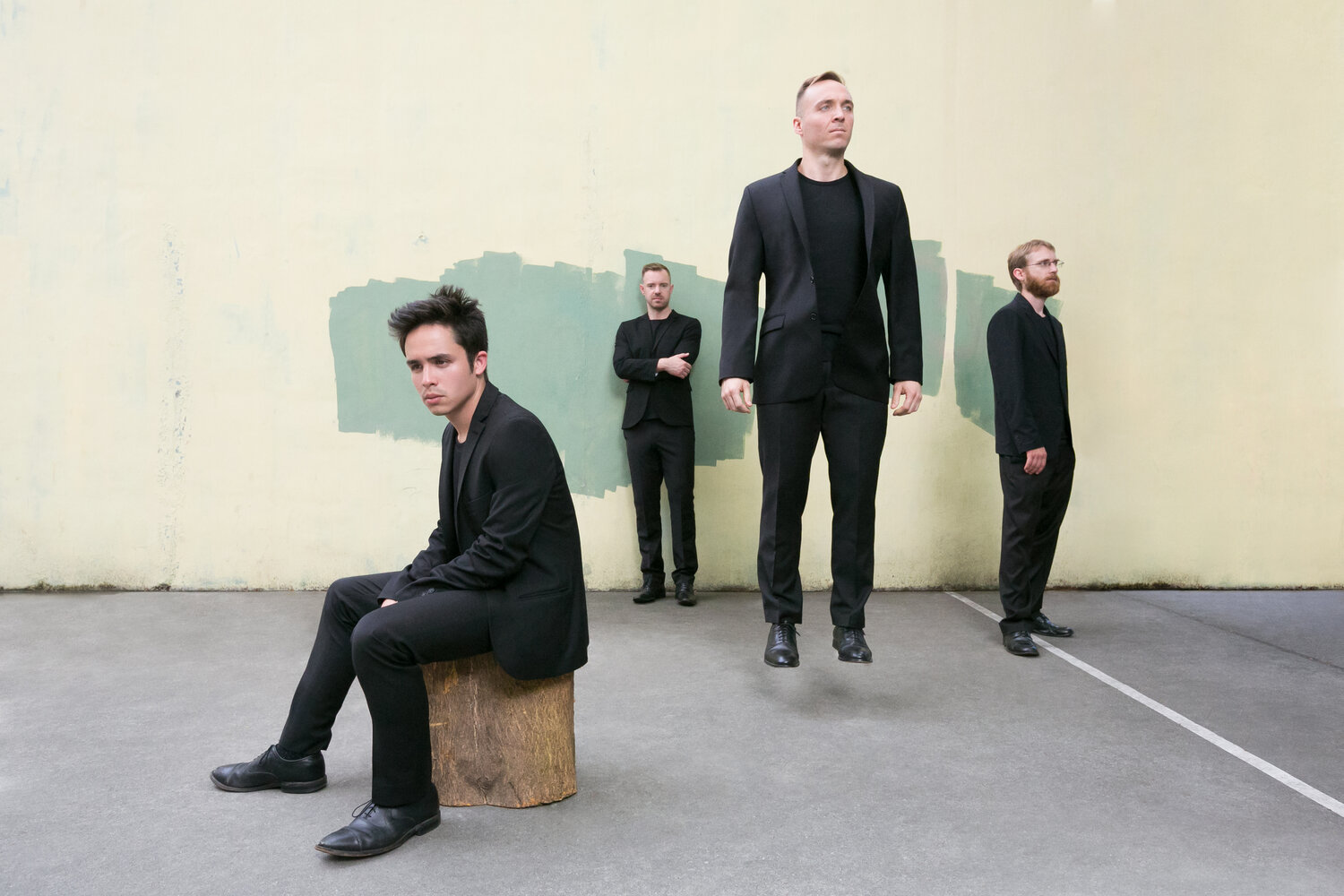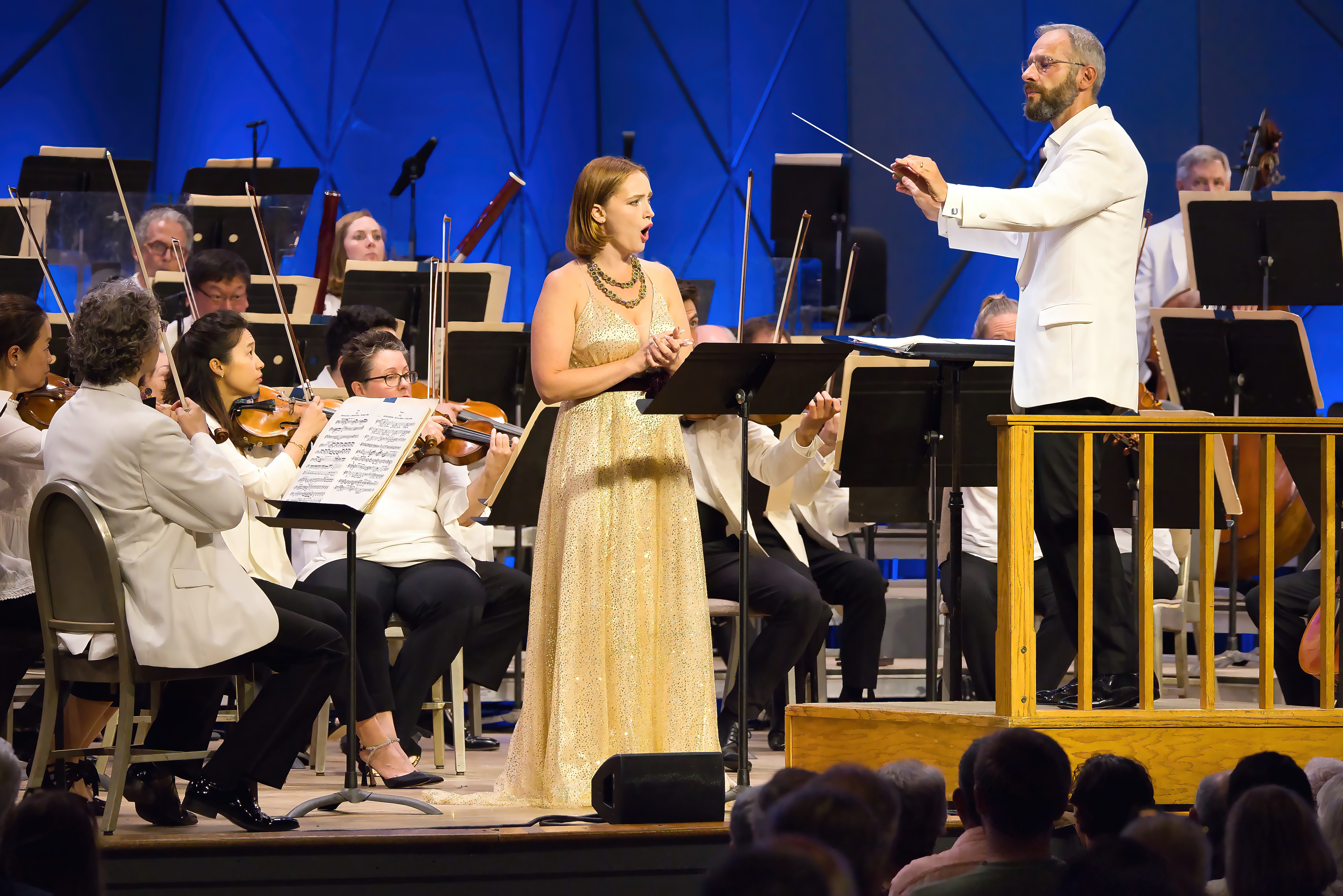Long Play …. Not long enough!
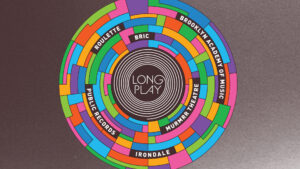 This year’s Long Play schedule is particularly dizzying. The annual festival presented by Bang on a Can in Brooklyn, now in its third year, seems to have crammed more events than ever into its three day festival, running May 3, 4 and 5. For instance, on Saturday, May 4 at 2 pm, you’ll have to choose between a new opera by the Pulitzer Prize finalist Alex Weiser with libretto by Ben Kaplan, called The Great Dictionary of the Yiddish Language (at American Opera Projects) AND Ensemble Klang imported from the Netherlands playing works by the Dutch composer Peter Adriaansz (who has set texts from “Zen and the Art of Motorcycle Maintenance”) at BRIC Ballroom AND vocal sextet Ekmeles performing music by George Lewis, Hannah Kendall, and Georg Friedrich Haas (actually at 2:30, but I imagine you’d have to get to The Space at Irondale early for a seat). A choice as difficult as any I’ve had to make at Jazzfest in New Orleans (which incidently is also happening this weekend, albeit 1000+ miles from Brooklyn).
This year’s Long Play schedule is particularly dizzying. The annual festival presented by Bang on a Can in Brooklyn, now in its third year, seems to have crammed more events than ever into its three day festival, running May 3, 4 and 5. For instance, on Saturday, May 4 at 2 pm, you’ll have to choose between a new opera by the Pulitzer Prize finalist Alex Weiser with libretto by Ben Kaplan, called The Great Dictionary of the Yiddish Language (at American Opera Projects) AND Ensemble Klang imported from the Netherlands playing works by the Dutch composer Peter Adriaansz (who has set texts from “Zen and the Art of Motorcycle Maintenance”) at BRIC Ballroom AND vocal sextet Ekmeles performing music by George Lewis, Hannah Kendall, and Georg Friedrich Haas (actually at 2:30, but I imagine you’d have to get to The Space at Irondale early for a seat). A choice as difficult as any I’ve had to make at Jazzfest in New Orleans (which incidently is also happening this weekend, albeit 1000+ miles from Brooklyn).
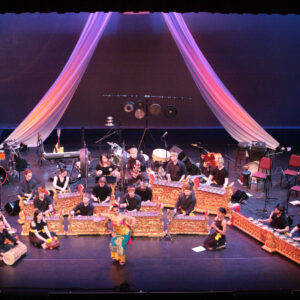 Fans of Balinese gamelan music are in luck. A rare confluence of events provides the opportunity to hear two different ensembles, both free, both in Brooklyn, on Saturday. At 3:30 at the BRIC Stoop, you can enjoy the Queens College Gamelan Yowana Sari, performing with the percussion ensemble Talujon, along with the composer / performer Dewa Ketut Alit. Alit has come halfway around the world from Indonesia to Brooklyn for the premiere of his new work commissioned by Long Play. And at 5 pm the ensemble Dharma Swara performs at the Brooklyn Museum. Note: The Dharma Swara performance is not part of Long Play – it is a Carnegie Hall Citywide presentation.
Fans of Balinese gamelan music are in luck. A rare confluence of events provides the opportunity to hear two different ensembles, both free, both in Brooklyn, on Saturday. At 3:30 at the BRIC Stoop, you can enjoy the Queens College Gamelan Yowana Sari, performing with the percussion ensemble Talujon, along with the composer / performer Dewa Ketut Alit. Alit has come halfway around the world from Indonesia to Brooklyn for the premiere of his new work commissioned by Long Play. And at 5 pm the ensemble Dharma Swara performs at the Brooklyn Museum. Note: The Dharma Swara performance is not part of Long Play – it is a Carnegie Hall Citywide presentation.
Once your head has gone to Indonesia, you may want to continue on an around-the-world trip at Long Play. On Sunday at 2 at the Bam Café, hear DoYeon Kim playing gayageum (a traditional Korean plucked zither with 12 strings) along with her quartet featuring some New York jazz and classical luminaries.
Stick around at Bam Café after Kim’s set for another musician with sounds of a far-flung continent: At 3 pm the master kora player Yacouba Sissoko from Mali is joined by percussionist Moussa Diabaté. Diabaté is an internationally acclaimed dancer, choreographer, drummer and balafon player and together the two bring the sounds and culture of West Africa to us.
Come to think of it, when was the last time you heard music by Philip Glass played on accordion? Might as well settle in at Bam Café for the 4 pm show on Sunday, then, to hear a rare performance of the Polish virtuoso Iwo Jedynecki. Jedynecki has created some inventive arrangements of Glass’ piano etudes for button accordion.
The pinnacle of Long Play comes Sunday evening at 8 at the BAM Opera House, when the Bang on a Can All-Stars along with a bunch of special guests perform a seminal work by Steve Reich: Music for 18 Musicians.
